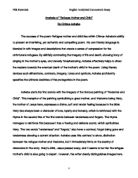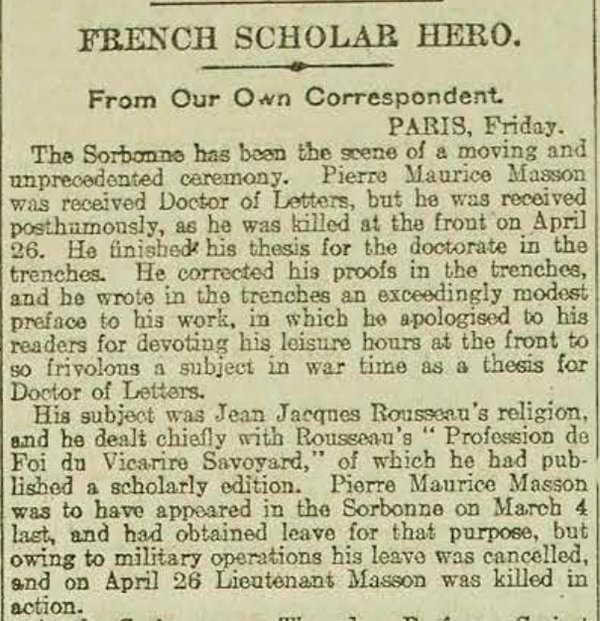Drugs Crime Society - Law Teacher.
Policy makers and scholars have both held countless debates on the relationship between drug use and crimes, and the large volume of literature is proof of this. Goldstein (1985) was the first to suggest that drug use leads to crime. However, many researchers believe that not only does drug use lead to crime but even crime leads to drug use.
Drugs and Crime The essays in this volume share a common assumption-that the sale and possession of certain drugs, in particular heroin and cocaine, will. 1985 (Office of National Drug Control Policy 1989, p. 3). In this group, the moral costs of drug abuse are undeniable.

Drugs and crime. Academically, we can trace this notion back to the most heavily cited framework for analysing the relationship between drugs and crime. Paul Goldstein's (1985) article posited a tripartite link from drugs to violence.

Goldstien (1985) proposed the relationship between violent crime and drug use can be classified into three categories. Firstly, psycho-pharmacological i.e., the physical properties of the drug affect the user’s mind in a way that leads to violent behaviour.

Goldstein 1985 drugs and crime essay. Goldstein 1985 drugs and crime essay. 4 stars based on 169 reviews designcrowdaustralia.couponsshowcase.com Essay. Gilded age and progressive era essay. Aquinas 5 ways essays dissertation sur le conseil constitutionnelle. Jewish memory project essay.

Some have outlined slightly different approaches to analysing the relationship between crime and drug use; Goldstein (1985) outlined the three main ways drug use and crime are related: psychopharmacological, economic explanations and systematic relationships.

One of the most influential accounts of the causal connection between drug use and crime was developed by Paul Goldstein in a tripartite conceptual framework that divided explanations of the connection into 'economic-compulsive', 'psychopharmacological' and 'systemic' (Goldstein 1985).

This essay on The Connection between Drugs and Crime was written and submitted by your fellow student. More This paper has been submitted by user Joe W. who studied at the University of Rochester, USA, with average GPA 3.61 out of 4.0.

The connection between drug use and crime in Western Australia Kathryn Riordan. The connection between drug use and crime in Western Australia. This thesis is presented for the degree of. . One of the first attempts at recognising the complexity of the drugs-crime relationship was Goldstein’s (1985) tripartite framework. The tripartite.

A better term for the concept at issue here is drug-induced crime, since we are concerned with crime that is causally related to drug use. In a much-cited paper, Goldstein (1985) made a distinction between three types of drug-induced crime.1 “ conomic-compulsive” crime arises.

Systemic Violence in Drug Markets. there is the 'systemic' violence associated with the drug trade (Goldstein 1985;. This chapter explores changes and continuities in the drug-crime rela.

Explaining the link between violence perpetration, victimization and drug use.. victimization and drug use is Goldstein's (1985). an accident or been injured due to using drugs or alcohol,” “committed a crime while under the influence of alcohol or drugs,” “gotten into fights or tried to hurt someone when using alcohol or drugs.

AN EXPLORATORY FRAMEWORK OF DRUG RELATED CRIME IN. AN EXPLORATORY FRAMEWORK OF DRUG RELATED CRIME IN FORENSIC SCIENCES AND CRIMINOLOGY. Paul Goldstein’s (1985) conceptual essay offered a.



